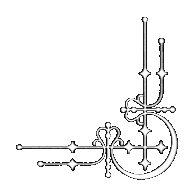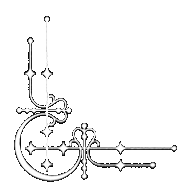If you make tinctures, you will finally come to the end of the tincture maceration period in which you will need to separate the herb marc (depleted herb) from the menstruum (solvent). An herb press is what you may need for this initial job of filtration. You can search the Internet for all types of Mickey Mouse herb presses that look as if someone welded them together in their garage from spare parts with corresponding price tags of way above $100. I say it is a rip-off!
You would be far better off going back into history and hunting eBay ($75-200) or the local antique shops/malls for the commonly used Sausage/lard/juice presses of yesteryear, mostly made by Enterprise of Philadelphia. Almost every farm had one at one time and they can be picked up for not much money ($20 or so) directly from these estate farm auction sales. Considering the iron construction, mechanical efficiency, and workmanship, they are the only way to go. Enterprise made them in 2, 4, 6 and 8 quart sizes. To me as an herbalist, I would try to get either a 2 or 4 quart size. If you plan to process large amounts of tincture, then the larger sizes may be better for your particular needs. Make sure your press has the tin basket strainer + strainer plate + small upper plate included for your herb chores. Some antique presses have these items missing, since they were not needed for sausage processing. Speaking of which, you may be stimulated by owning one to make your own sausage or bologna. If you do, know that sausage processing was done with the tin strainer basket & strainer plate out with the press converted over to using a "large" plate. The meat mixture was placed directly in the press with the strainer basket out and forced directly through the lower nozzle into your casing by the large plate.
This machine is wonderful for pressing hard herbal materials like barks and roots. You can extract the very last possible amount of tincture by cranking down with this spider gear type of configuration. Not only that, but once you have pressed the marc into a compact brick, the basket easily comes out and the strainer plate separates from the basket for easy clean-up! Wonderful!
NOTE that the strainer press has some large holes. I would place coffee filter paper or cheese cloth cloth over the bottom strainer plate first, than empty your raw tincture on top to filtrate smaller particles. Also, some of the smaller 2 qt machines may not have spider gear configuration as the larger units. I would try to get the one with spider gears as this will aid in applying more pressure to the filtering of the final Marc that is being strained.














